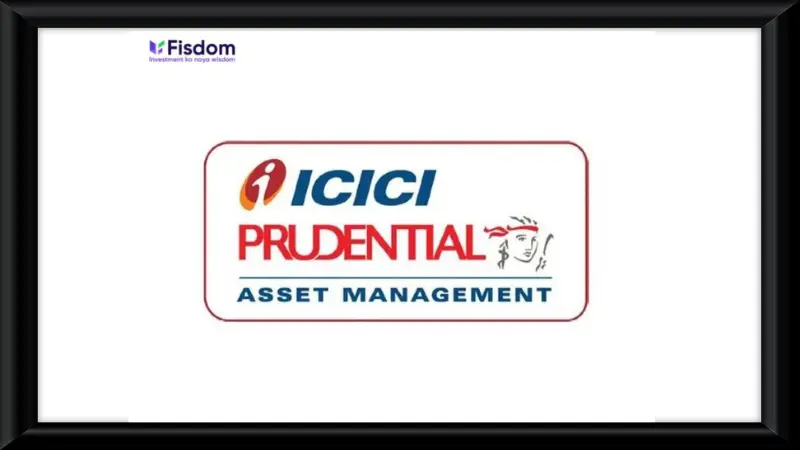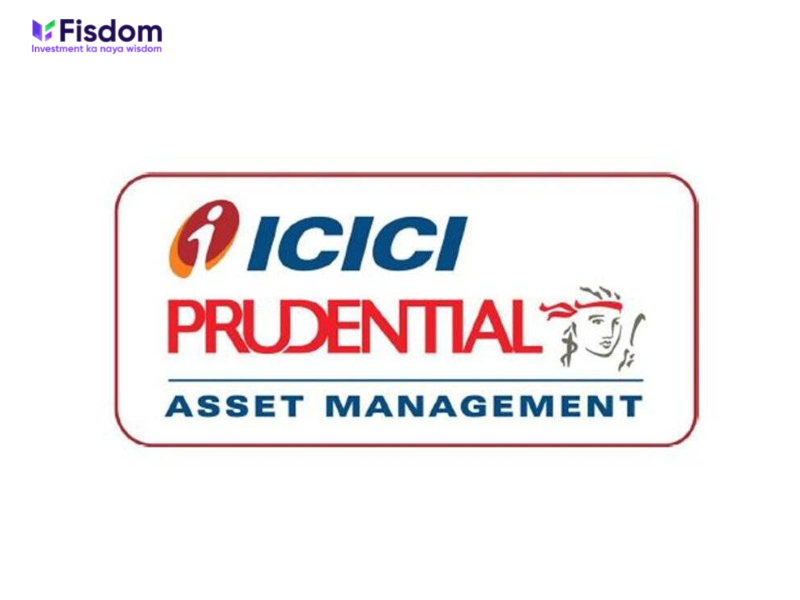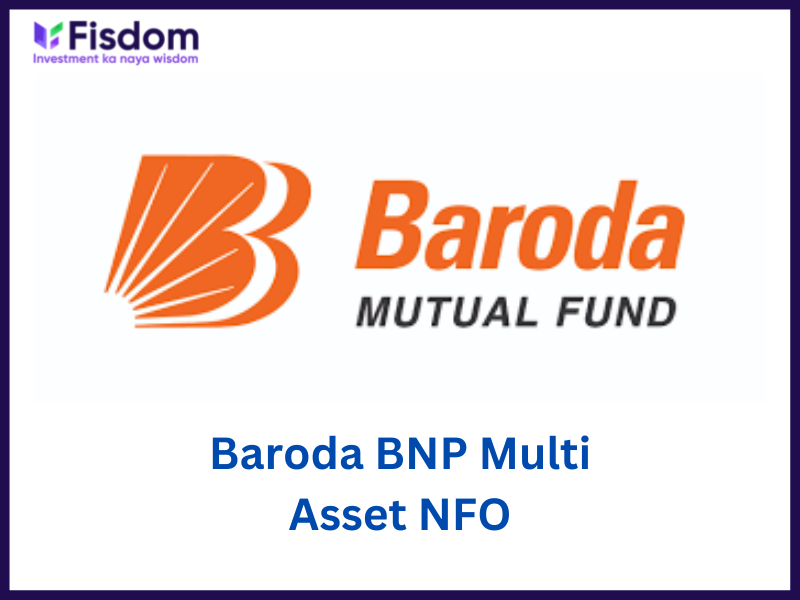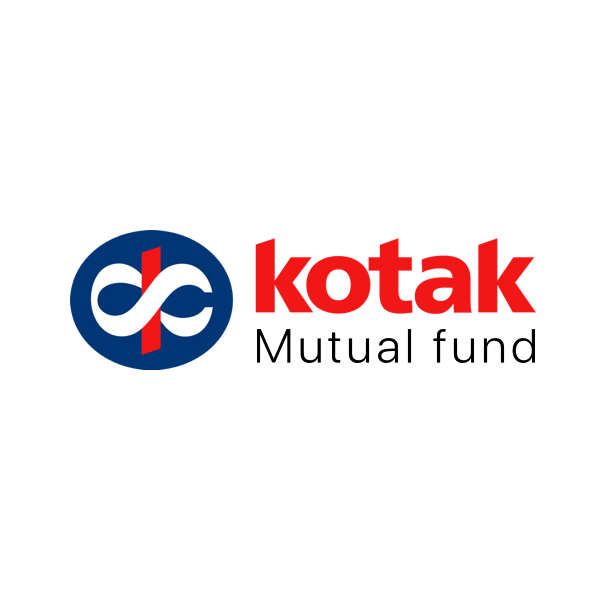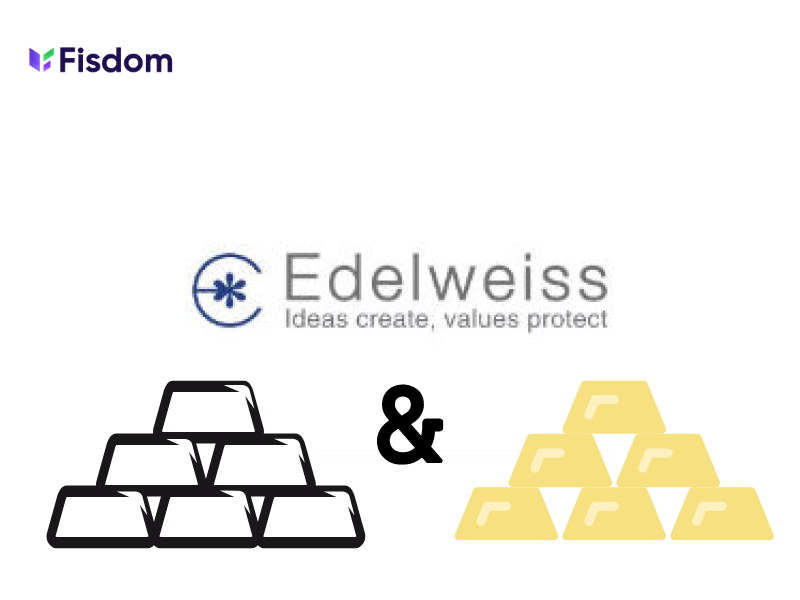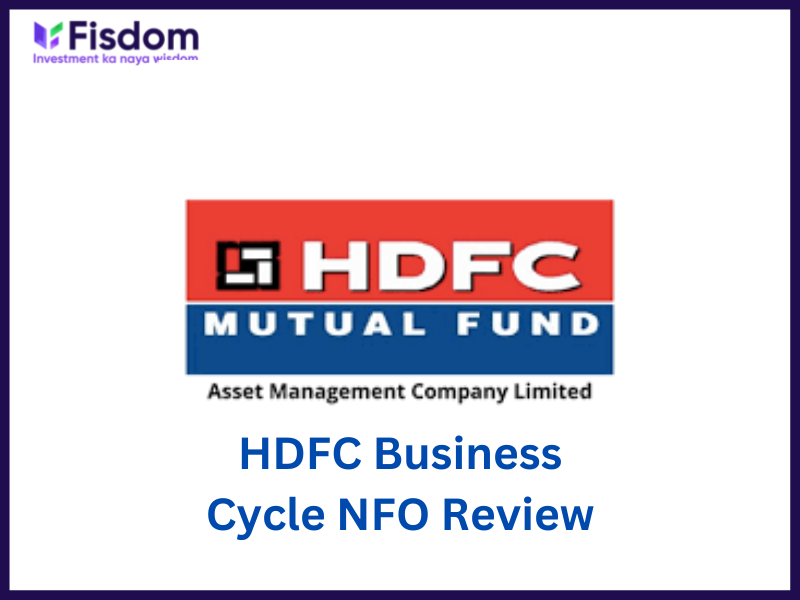
Introduction
HDFC Mutual Fund is one of the leading mutual fund houses in the country. They have launched a new fund that invests in different sectors and businesses in such sectors at varying stages of their business cycles. The fund is HDFC Business Cycle NFO which opened on 11th November 2022 and will close on 25th November 2022. The fund will then open for regular subscription within 5 business days after the allotment of units.
Investment objective
The scheme aims to achieve long-term capital gains or capital appreciation through majorly investing in equity and equity-related instruments of businesses that are not only from different sectors but also belong to different stages of business cycles. The fund, however, does not guarantee meeting the investment objectives and to generate returns for the investors.
Reasons to invest
-
Diversified portfolio
This fund will a good opportunity for investors to invest in businesses belonging to different sectors. Furthermore, the fund aims to primarily invest (about 80% or more of the fund) in companies that are on the brink in the middle of favorable business cycles. This will include companies belonging to multi-cap categories (Large-Cap, Mid-cap, and Small-cap),
-
Investment approach
The fund will select businesses for investment based on a combination of the top-down approach and the bottom-up approach. The focus will not only be on the macroeconomic factors affecting a particular sector and industry but also on business-specific factors like consumer sentiment, competition, technological advancement in the sector, etc. The bottom-up approach includes considering factors like the core fundamentals of the company,
-
Target investors
The fund is being evaluated as a high-risk fund and is therefore suitable for investors with higher risk appetite as well as mid to long-term investment horizon. This fund is an ideal investment opportunity for investors with an aim to generate long-term capital appreciation or wealth through investment in equity and equity-related instruments. Also, investors who aim to tap into the growth opportunities of companies that are at the cusp of higher earnings and growth phases can benefit from investing in this fund.
Performance of the Benchmark
| Period | Nifty 500 TRI | Nifty 500 Value 50 | S&P BSE 500 TRI |
| 1-Year | 2.9% | 104.99% | 1.92% |
| 3-Year | 18.46% | 6.04% | 10.59% |
| 5-Year | 12.52% | 12.54% | 8.02% |
| Since Inception | 16.55% | 14.03% | 11.28% |
Risks of investment
-
Inherent risks
The fund is not free from the inherent risk of investment in the equity and equity-related instruments category. These risks include market risks, liquidity risks, tracking error risks, etc. The fund invests in companies that are on the brink of growth and higher earnings. Therefore, the certainty of growth can still be under question, thereby affecting the performance of the fund.
-
Investment horizon
This fund is suitable for wealth creation in the mid to long-term investment horizon. Therefore, investors looking to make money through short-term gains may not prefer investing in this fund.
Fund details
The key details of the fund are tabled hereunder.
| Scheme name | HDFC Business Cycle NFO |
| Type of Scheme | An open-ended scheme investing in the business cycle based investments |
| Category of the scheme | Thematic Fund |
| Benchmark | Nifty 500 TRI |
| Plan and options |
|
| Fund Manager | Mr. Rahul Baijal |
| Exit Load |
|
| Minimum Investment | Minimum Rs. 100 and in multiples of Re. 1/- |
| NFO Period | 11th November 2022 – 25th November 2022 |
How to invest in the HDFC Business Cycle NFO?
Investors can invest in this fund through the Fisdom app.
FAQs
NFO (New Fund Offer) is launched by the Asset Management Companies (AMCs) to generate funds for launching a new mutual fund. These funds are then pooled to buy the shares or other securities as per the fund’s mandate or the guidelines based on which the fund is launched. NFOs are like IPOs where all the relevant details of the funds are provided at the time of their launch and the units of the fund are usually set at Rs. 10 per unit for a subscription. SEBI guidelines allow the NFOs to be active for a maximum period of 30 days following which the units of the fund are traded based on their daily NAV.
NFOs, at the time of their launch, are launched in two categories namely close-ended funds and open-ended funds. The details of each type of fund are mentioned below. Open-ended funds The majority of mutual funds are launched as open-ended funds. Investors can subscribe to the fund at the nominal rate (usually Rs. 10 per unit) during the NFO period. After the NFO period, when the units are traded based on the daily NAV, the investors stand to gain huge capital gains depending on the performance of the fund. Close-ended funds Close-ended funds, on the other hand, do not allow the investors to subscribe to the fund after the NFO period is closed.
Investing in NFOs is a very good opportunity to maximize the returns as the units can be subscribed at nominal rates and the returns are potentially higher based on the prevailing NAV at the time of redemption. However, there are several points that need to be considered while subscribing to an NFO. Some of such points are highlighted below.
a)Track record of the AMC NFOs are offered for the new mutual fund so no proven track record can be reviewed by investors to make an informed investment decision. The investors have to therefore rely on the reputation of the AMC and other details mentioned in the NFO to make an investment decision. b)Expense ratio (if mentioned) NFOs need a good amount of publicity to make the investors aware of the fund and the investment opportunity. It is therefore essential for the investors to check the expense ratio of the fund and ensure that it does not outweigh the net gains. c)Check if the fund is in correlation to the existing portfolio Recently there have been many NFOs in the market that investors can choose from. However, while selecting the fund the investors must check if the fund is not similar to an existing fund in their portfolio. For example, if the fund is a large-cap fund and the investor already has one or two similar funds in their portfolio, investing in another will not add much value to the net returns or the diversification of the portfolio. On the other hand, many NFOs can be sector-specific or country-specific. In such a case, investors have to check if the fund is in line with other factors like their risk-return profile and investment goals. d)Review the SID carefully Reviewing the SID (Scheme Information Document) is a crucial step that should not be missed by investors while investing in NFOs. It contains all the relevant information about the fund managers, their qualifications, and experience which is crucial for the funds’ performance. Other relevant information includes the investment profile of the fund, target sectors or securities, benchmark index, asset allocation ratio, etc. This helps the investors understand the returns expectation of the fund as well as the target investments where the fund will invest the pooled funds. Investors having a risk-return profile in line with that of the fund can thus invest in such funds.Investment in NFOs can be done through two main routes i.e., the online or offline modes. The details of the same are mentioned below.
a)Online mode The online mode of investment is suitable for investors already having a Demat account and a trading account. Investors can simply select the NFO and invest by selecting the number of units to invest and paying for the same through online payment modes available on the platform. b)Offline mode The offline mode of investment in NFOs is through registered brokers and distributors. Investors can contact their brokers and distributors providing them with the details of the amount to be invested and they can invest in the selected NFOs on their behalf. Investors can make hassle-free investments through such modes as all the necessary forms to be filled and the formalities to be met are looked after by these entities giving investors the benefit of ease of investment. The charges for such services are nominal when compared to the potentially high returns.













